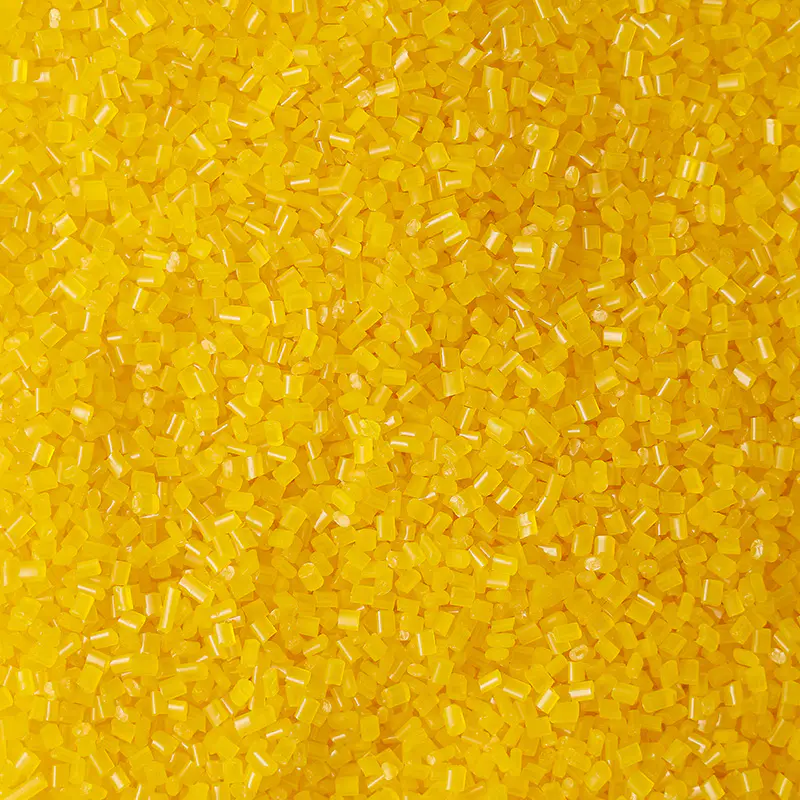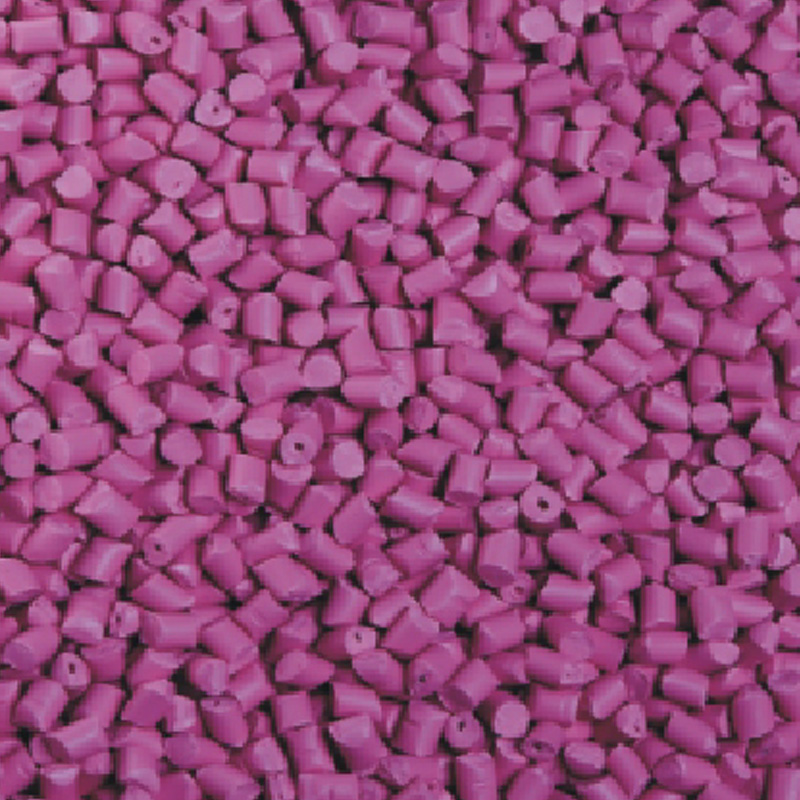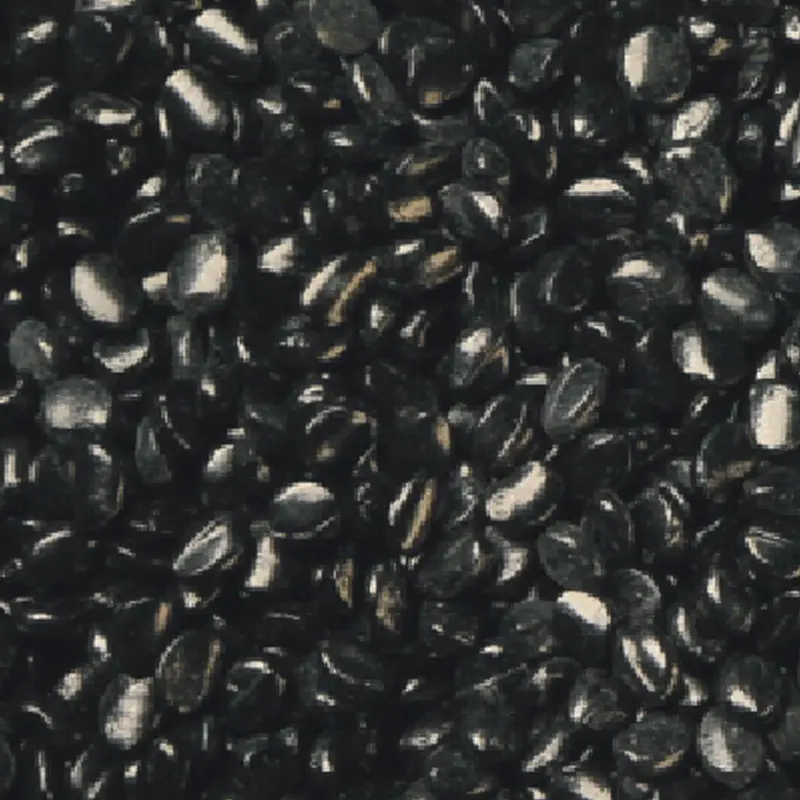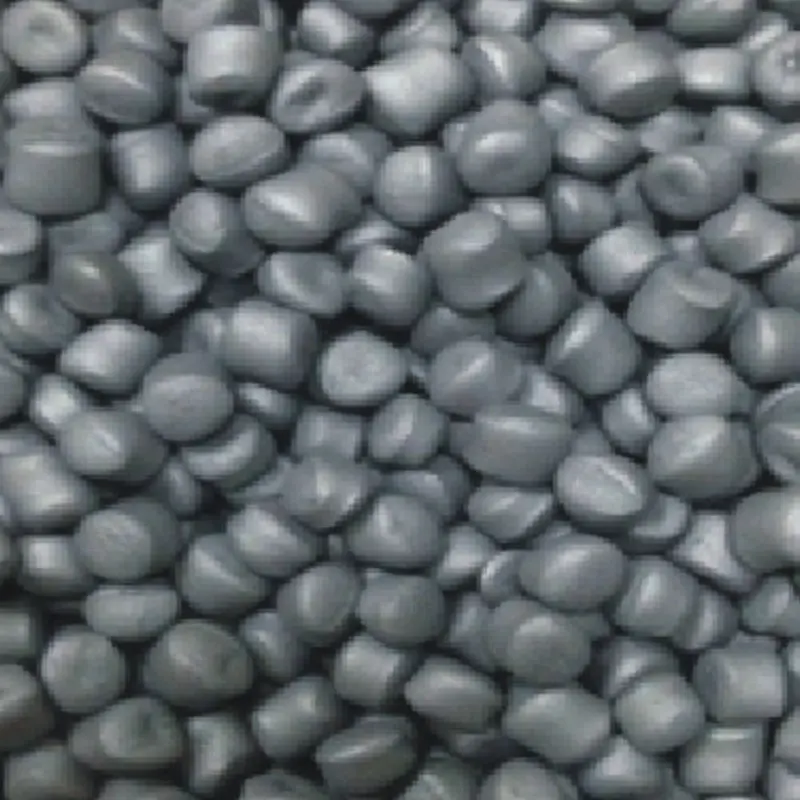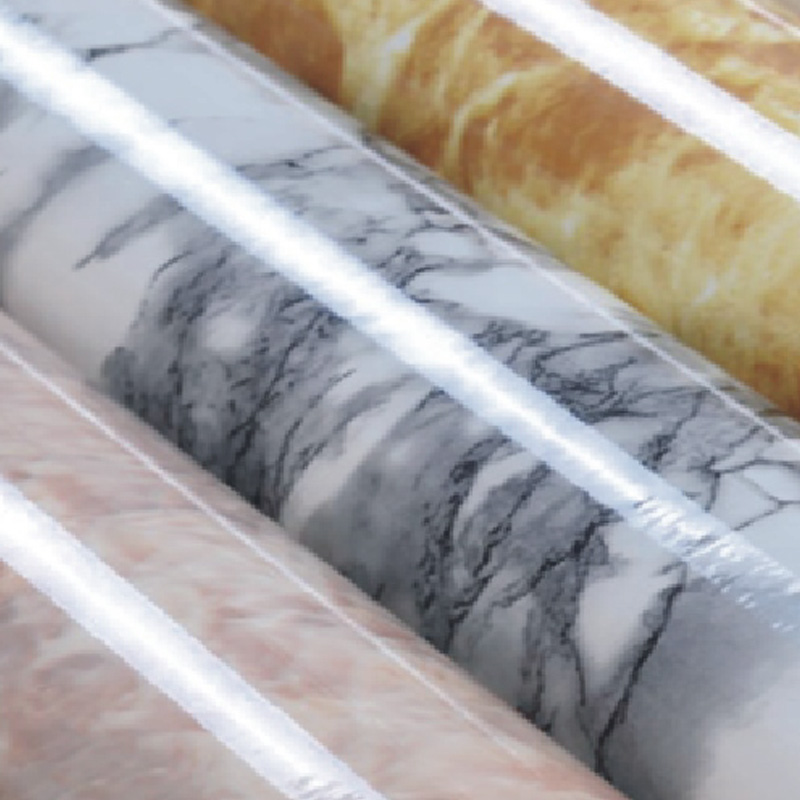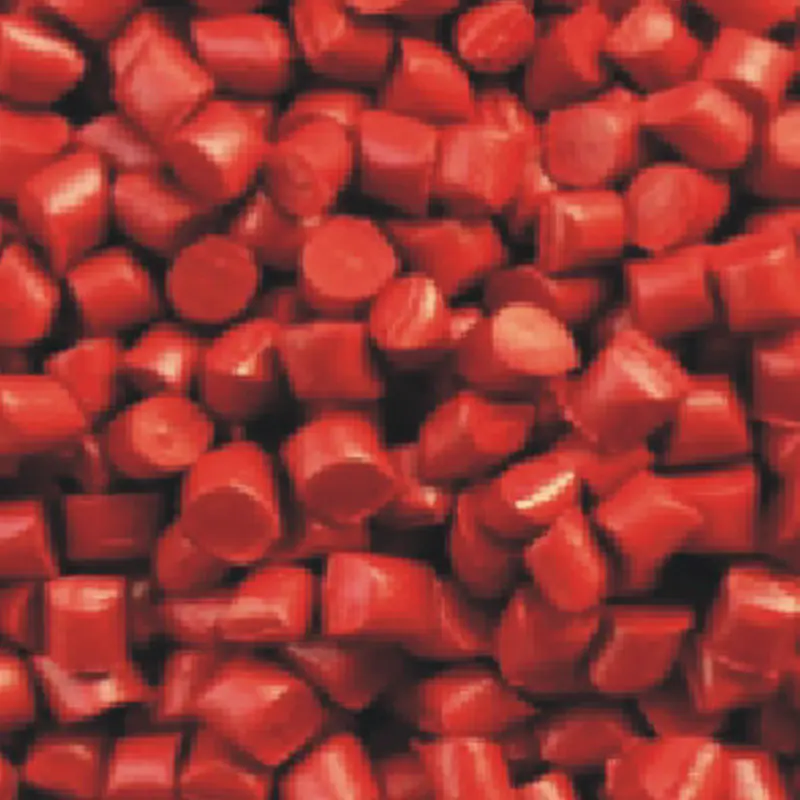New entrants to the leather-related plastic industry often face steep learning curves with colorants—but Injection Color Masterbatch is designed to simplify this process, making it accessible for beginners.
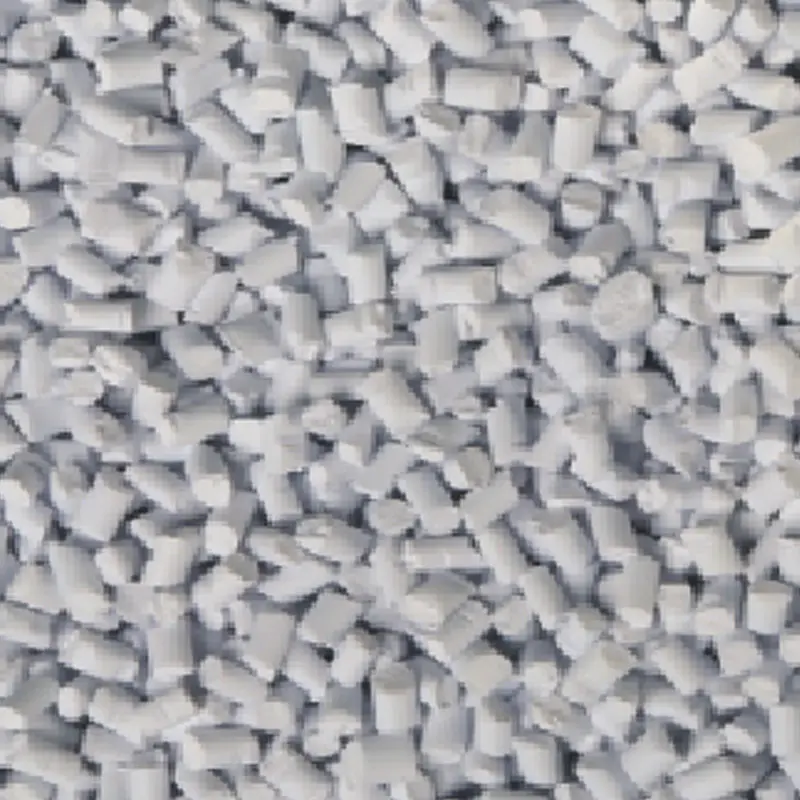
Challenges Faced by New Users in Colorant Selection and Use
With the continuous development of the leather-related plastic industry, a growing number of new enterprises and individual crafters are entering this leather-related plastic sector—from small home-based workshops (which often make leather accessories with plastic details) to startup brands that focus on niche leather products. These niche products can range from vegan leather phone cases with custom plastic trims to artisanal leather bags featuring unique plastic hardware. However, for these new users, they often face many challenges in the production process—especially in the selection and use of auxiliary materials such as colorants. Many new users lack professional knowledge and experience in color matching and application: they may not know how to choose a colorant that works with their specific plastic material (such as PVC vs. PP), struggle to calculate the correct ratio of colorant to raw plastic, or fail to adjust for factors like injection molding temperature that affect color outcome. These gaps easily give rise to problems such as incorrect colorant selection (resulting in dull or uneven colors), difficult operation (such as messy powder colorants that are hard to measure), and poor product color effects (like streaks or spots in the plastic). This not only increases production costs—due to wasted materials and rejected products—but also undermines their confidence in engaging in the industry.
Injection Color Masterbatch: User-Friendly Design for Newcomers
Injection Color Masterbatch is very suitable for new users in the leather-related plastic industry, as it has the characteristics of ease of use and simple operation. Compared with some complex color-mixing systems (such as powder pigments that require precise weighing and pre-mixing), Injection Color Masterbatch is pre-mixed into granular form—similar in size and texture to the plastic raw materials themselves. During use, it can be directly added to plastic raw materials in a certain proportion (usually 1% to 5%, depending on the desired color intensity), without the need for professional color-mixing technology or expensive equipment. This simplicity eliminates many common mistakes made by new users: for example, there’s no risk of over- or under-adding pigment, and the granular form ensures even dispersion in the plastic. New users can even start with small test batches to adjust the color intensity, making it easy to refine their process without committing to large quantities of materials. Unlike some colorant options that force users to buy more than they need just to access customization or basic functionality, Injection Color Masterbatch allows new users to start with small amounts that fit their initial production scale—whether they’re making a few dozen leather accessory components or testing a new product line. This low barrier to entry means new users can avoid wasting resources on excess colorants while still achieving consistent, high-quality results.
Additionally, the user-friendly nature of Injection Color Masterbatch extends beyond its physical form. Unlike some colorants that require strict adherence to narrow processing windows (with little room for error if temperatures or mixing times vary), Injection Color Masterbatch maintains stable performance even when new users make minor adjustments to their production process. For example, if a beginner slightly miscalculates the mixing time or uses a temperature that’s a few degrees off the ideal range, the masterbatch still delivers consistent color results—reducing the risk of ruined batches and the frustration that comes with them. This forgiving performance is a key advantage for new users who are still learning the ropes of leather-related plastic production, helping them build confidence as they refine their skills.

 English
English Español
Español русский
русский
